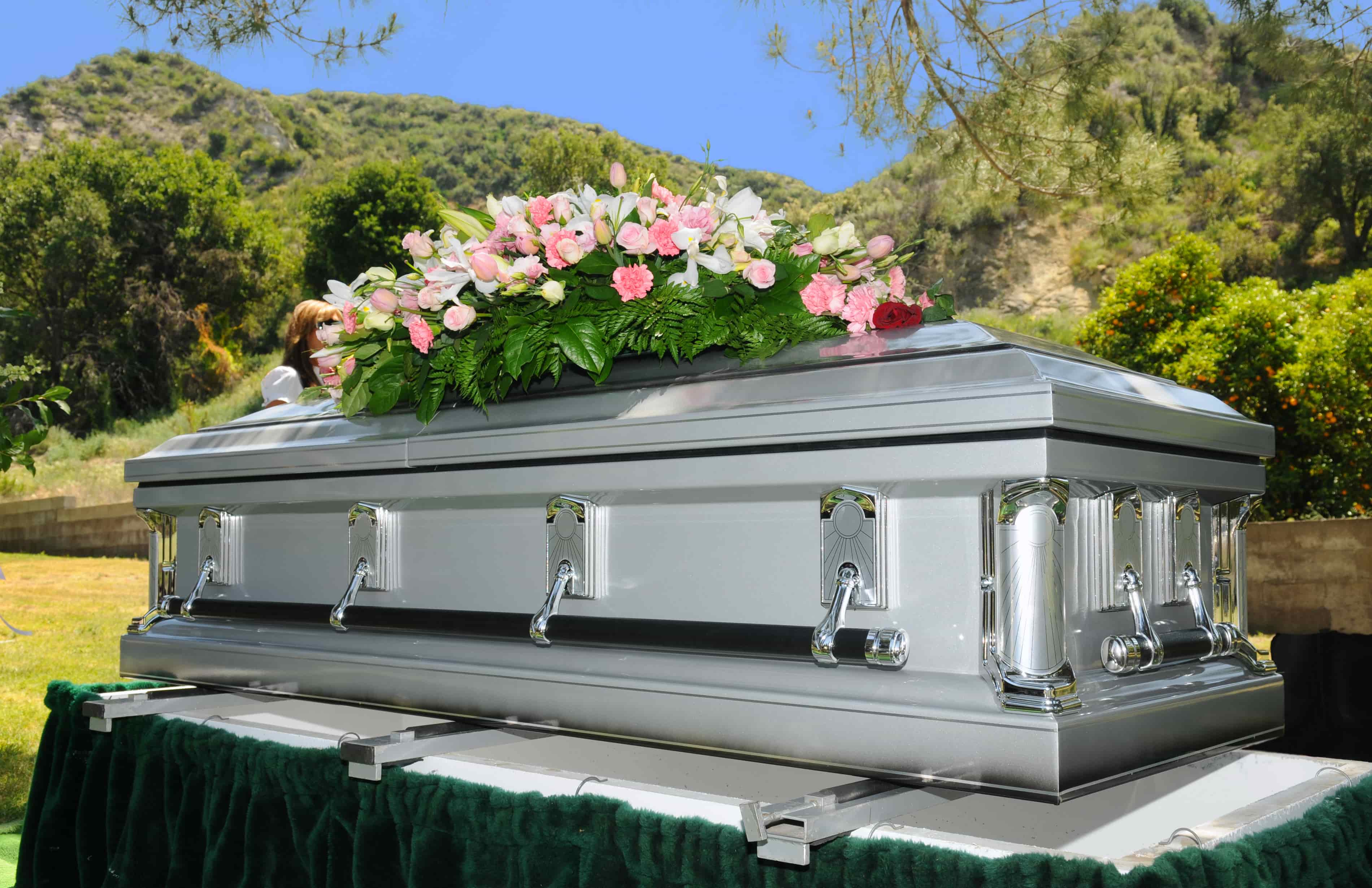Funeral Planning Checklist

When a passing occurs close to you, you may want to pay your last respects at one of the services that are typically held in remembrance of the deceased. Some examples of these services include wakes, viewings, and funerals. However, you may not always know what to expect during these services or which of them to attend. Keep reading to find out more about wakes, viewings, and funerals and the differences between these particular services.
The word “wake” is sometimes confusing to people because the origin of the word is not widely known. The word, in relation to death, originally meant a “guard”, “vigil”, or “watch”. The traditional purpose of a wake was that family and close friends to the deceased would stay awake throughout the night with the body in order to offer protection from evil spirits. But, once the body was buried, it was safe.
Today, wakes are, in a lot of ways, very similar to viewings. This is because wakes offer a more informal way to share grief and offer condolences. In some respects, a wake can replace a traditional funeral service at a church. Therefore, in some instances, non-religious individuals may request that a wake occurs in lieu of a church service.
Typically, wakes are held at funeral homes several days prior to the funeral or even the same day, in some instances. However, some individuals may choose to hold wakes in a more ‘social’ venue in an effort to focus on a celebration of life as opposed to a time of mourning and grief.
In today’s world, the term “viewing” is much more common than “wake”. However, for the most part, they are very similar. A viewing is a more informal gathering of friends and family where individuals can offer their condolences to the family and pay their respects to the deceased.
The purpose of a viewing is to allow friends and family of the deceased to gather in order to share their grief and offer comfort to one another. A viewing is the time and place to offer condolences to the family in a more respectful and personal manner. At one time, viewings were referred to primarily as “visitations” or “calling hours”.
Several decades ago, it was commonplace for viewings to take place at the family’s home. However, as time progressed, funeral homes became more popular for hosting these services. As such, viewings typically occur at a funeral home a day or two prior to the funeral. Sometimes, they can even be held the same day. It is common to find the body of the deceased on display, or, in some instances such as cremation, a memorial will be on display that typically includes photos and/or an urn. Guests can come and go as they see fit. Some people will stay for hours and some will come to pay their respects and then leave.
A funeral service, in general, is a formal event where friends and family say their final goodbyes to the deceased. Typically, compared to the viewing/wake, less people attend the funeral service and those who do are typically closer in relation to the deceased. If a burial is occurring, that typically is involved with the funeral, as opposed to the viewing or wake.
Funerals have traditionally served as a mechanism for the grieving process in that they allow the living to acknowledge the passing of their loved on in a formal ceremony. During this time, people share memories, support each other, and comfort each other while saying goodbye to their loved one in a more structured format.
Funerals typically take place at a cemetery, funeral home, or place of worship. Often times, a procession from a venue to the cemetery occurs during the funeral. Generally, the funeral will take place 1-2 days or even a week after someone passes away. In the instance of a cremation, sometimes funerals happen weeks or months later, depending on the family’s preferences.

